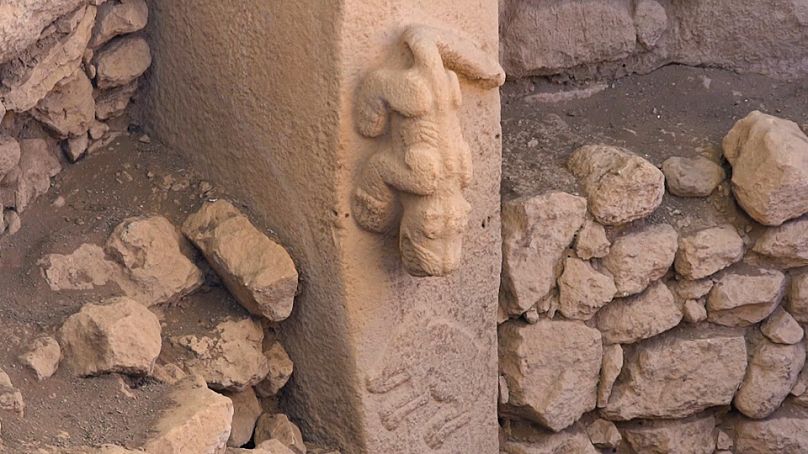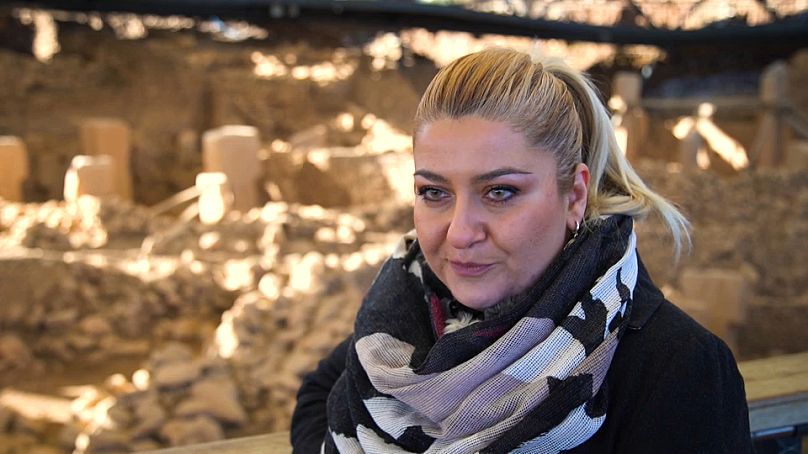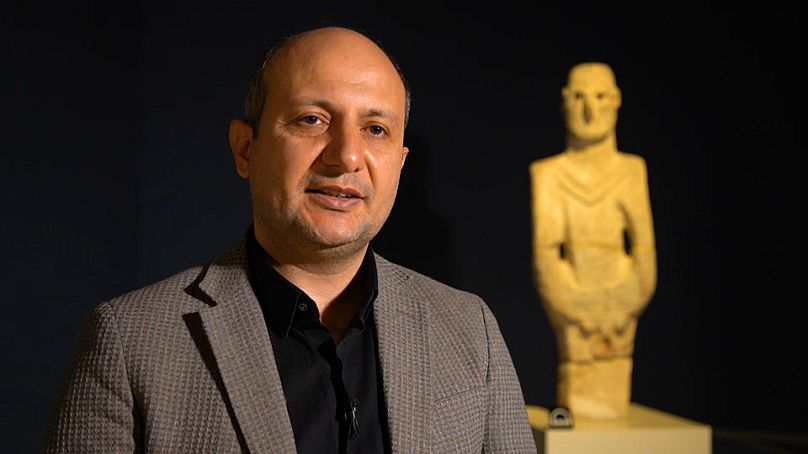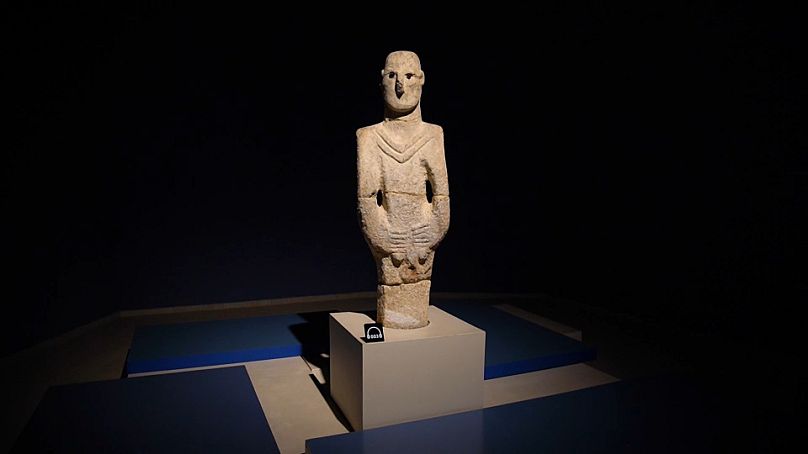The UNESCO World Heritage site of Göbeklitepe has changed the way historians and archaeologists think about the cradle of civilisation. And there is so much more to be discovered.
The city of Şanlıurfa, in Türkiye's south-eastern region of Anatolia, holds great significance not only for the Turkish people but for all of humanity.
Astonishing archaeological sites at Taş Tepeler, or 'Stone Hills’, have been unearthed in the rugged stone hills surrounding the city.
The UNESCO World Heritage site of Göbeklitepe is one such place that has changed the way historians and archaeologists think about the cradle of civilisation.
Excavations began here in the mid-1990s and what was found is believed to be the oldest human-made place of worship ever discovered. Marked by layers of carved megaliths, it is estimated to date from about 10,000 BC, preceding Stonehenge by 6,000 years.
With its T-shaped limestone pillars – sculpted with images of wild animals, abstract characters and icons – the temple shines new light into the way of life and the beliefs of people living in Upper Mesopotamia.
Archaeologists used to think that humanity had not yet formed itself into groups at that time, before the Neolithic Revolution that brought scattered groups of hunter-gatherers into farming villages. But Göbeklitepe turned everything they knew upside down.
“Up until now, we had assumed that agriculture was at the forefront of humanity's transition to settled life," explained tour guide Merve Ofluoğlu.
"However, when we examine the existence of life in Göbeklitepe, we cannot see a transition to agriculture. That came a little later. Although they were a hunter-gatherer society, they built these structures in line with their beliefs”.
This could mean that what truly forced mankind to settle wasn’t agriculture, but the urge to build religious temples and stay close to them.
Only 5% of Göbeklitepe has been excavated so far, and similar sites can be found just around the corner.
Karahantepe: The 'little sister'
Karahantepe, dubbed Göbeklitepe's“little sister”, may date back even further. Various structures and more than 260 T-shaped obelisks were found at the site, along with something resembling a 'cult room', with 11 pillars and a mysterious carved human head.
Everything found in Karahantepe and the sites around is on exhibit at the Şanlıurfa Archaeological Museum - another must-see for all visitors.
The museum’s director and former excavation leader at Göbeklitepe, Celal Uludağ, explains why Karahantepe could provide us with more pieces to try to complete the puzzle of mankind.
“During the Göbeklitepe excavations, no definite information could be obtained about whether people lived in the vicinity of the dig site. Daily tools, stone vessels, grinding vessels, and large plates were found in these structures at Karahantepe. These finds showed us that there were actually residential areas right next to the ritual area in Karahantepe,” Celal Uludağ revealed.
With about 30,000 square metres to explore, the Şanlıurfa Archaeological Museum has 5,000 artefacts on display, including the Balıklıgöl Statue (a.k.a Urfa Man) - the oldest human-form statue in the world - which was found just around the corner.
The statue is nearly 1.80 meters tall, and its eyes form deep holes, formed of segments of black obsidian. And as digging continues in Şanlıurfa, other treasures might be found under the ground.
“The new artworks that are uncovered as a result of these excavations will also be made ready to take their place in the exhibition”, Uludağ said.
'The Pool of the Sacred Fish'
Visitors arriving in Şanlıurfa should also be sure not to miss one of its most popular sights, Balıklıgöl, or 'The Pool of the Sacred Fish', which is linked to a legend about the Prophet Abraham.
According to the legend, King Nimrod, who was a polytheist, idol-worshipping king and the ruler of Urfa, sentenced the Prophet Abraham to death.
Abraham was tied from two poles on the top of the Urfa castle and catapulted into a pit of fire lit at the centre of the city. But God is said to have saved the Prophet by turning the fire into water and the logs of wood which fuelled it, into fish.
Today, people feed the hundreds of sacred carp that live in the famous Balıklıgöl pond.















